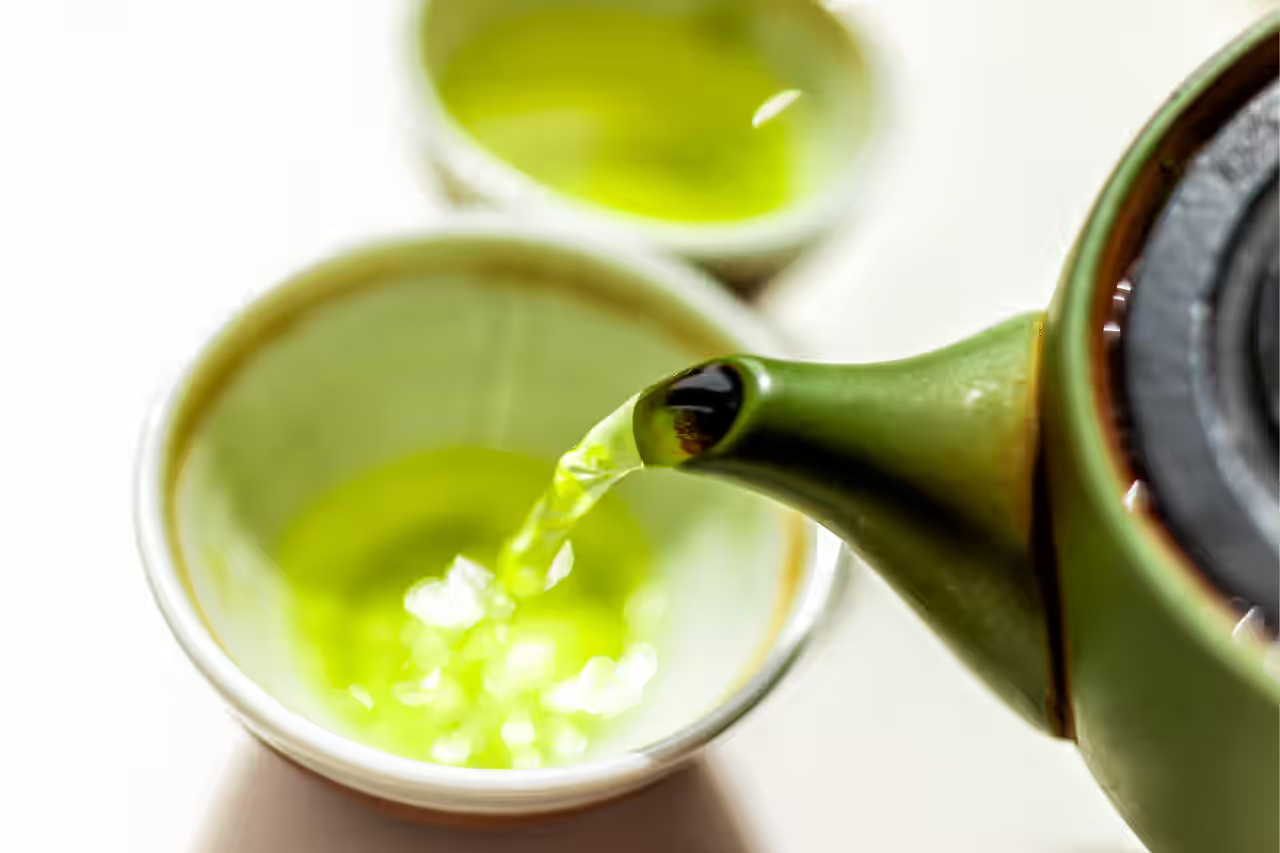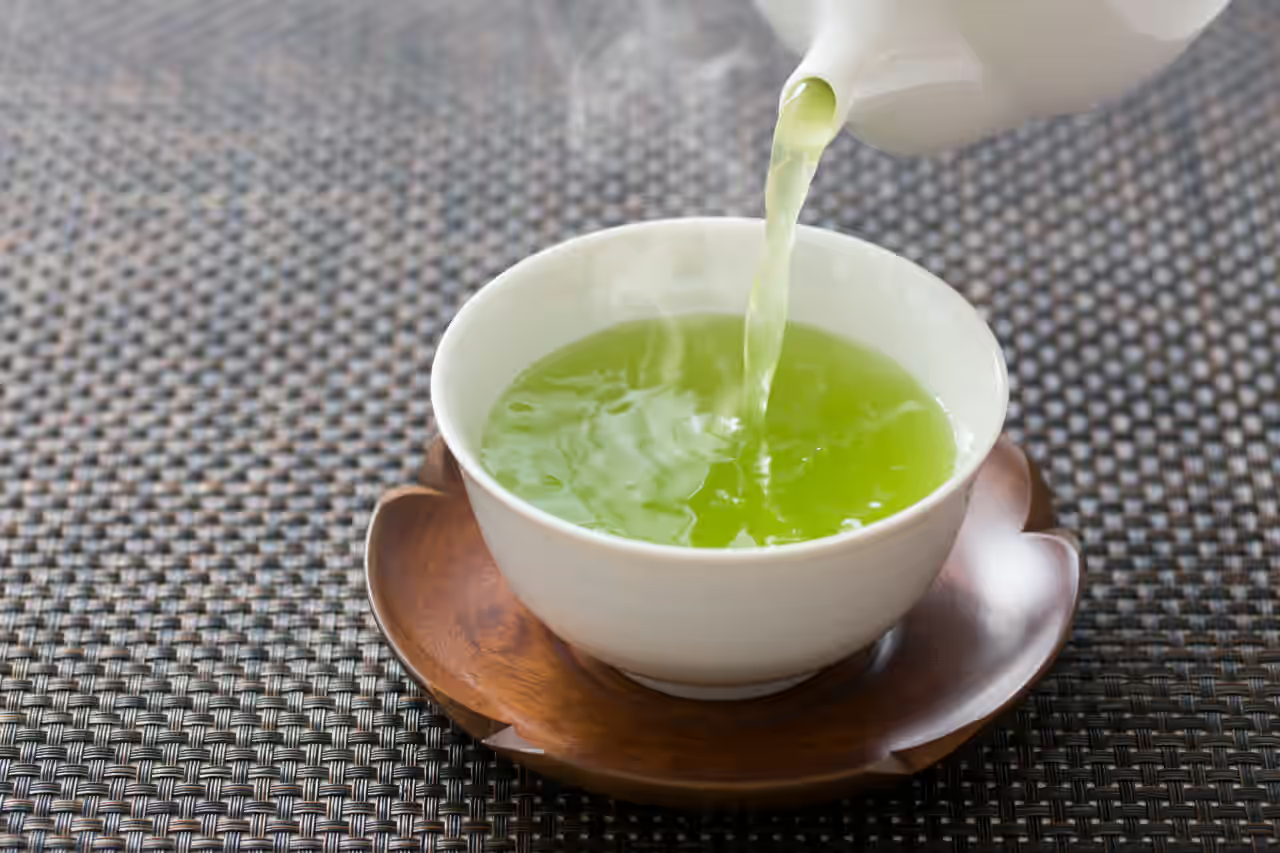About sencha tea vs matcha
About sencha tea vs matcha
Blog Article
This exploration has get rid of mild to the distinct qualities of Matcha and Sencha, two titans in the inexperienced tea earth. We’ve delved into their processing techniques, uncovering how shade-escalating imbues Matcha with its vivid colour and concentrated nutrients, though Sencha’s Solar-kissed leaves give a lighter, far more vegetal flavor profile.
The leaves may be rolled depending on the specific processing approaches with the area from which they’re grown. Rolling the leaves provides a needle-like form, which intensifies the flavors when steeped and is usually viewed in Chinese tea. (Go through my other post comparing Japanese tea and Chinese tea in this article.)
Sencha is refreshing and Daring and matcha offers loads of balanced and Light Strength for people lengthy days, with no involved caffeine crashes and several side effects.
You might master all with regard to the distinction between matcha and sencha, as well as the things they may have in common. This tends to enable you determine which eco-friendly tea is definitely the better option in your case.
Matcha: The shade-expanding procedure in Matcha generation brings about a higher concentration of L-theanine, an amino acid recognized for its calming effects.
Most farmers won’t even sell this tea and several organic tea producers such as the watanabe family will in fact switch it right into a variety of mulch to put between the tea rows to be able to return nutrients on the soil.
When getting ready Sencha, you add the leaves to hot drinking water and brew for one minute. Then, the leaves are strained and you consume the resulting infusion.
Shading is probably the largest Think about identifying the style of a sencha eco-friendly tea. In relation to the flavor profile of the Japanese environmentally friendly tea, You will find click to visit there's battle concerning the sweet and savory theanine and The marginally bitter or citrusy catechins. If the tea leaf is subjected to daylight, it starts to convert theanine into catechins to safeguard itself with the UV light-weight.
Yet another point you need to see inside your matcha is that it’s been effectively de-stemmed, de-veined, and extensively ground. You don’t want to find any clumps or items of vein and stem lurking in your contemporary can of matcha!
For matcha, the tea leaves are even further inspected with the many really hard areas, like stems and veins, staying taken off. Then the thoroughly chosen leaves undertake a singular stone-grinding approach. Hence matcha powder is produced. And Even though both sencha and matcha are full of antioxidants and also have many different wellbeing Gains, after we eat matcha we obtain a fuller spectrum of these nutrients.
Sencha tea is often when compared with Japanese environmentally friendly teas, like Matcha and Gyokuro, but some important variances exist. Matcha is comprised of ground tea leaves, and Gyokuro is shaded prior to harvesting, whereas Sencha is created from unshaded tea leaves and is typically more affordable than Gyokuro.
Sencha and matcha inexperienced teas have very long been cherished in Japan, with their unique flavors and cultural importance fascinating the hearts of tea fanatics for centuries.
Luckily to suit your needs, we’ve put collectively a comprehensive breakdown of each and every form of eco-friendly tea (matcha, sencha, and hojicha) to take the uncertainty out of the morning inexperienced tea for good!
You will discover 10 golden principles to regard if you would like make the right sencha or any eco-friendly tea. If you need to know more about these guidelines, we recommend you to definitely browse article How to create eco-friendly tea flavor superior stated by tea specialists. 10 golden principles to respect if you'd like to make the best sencha: